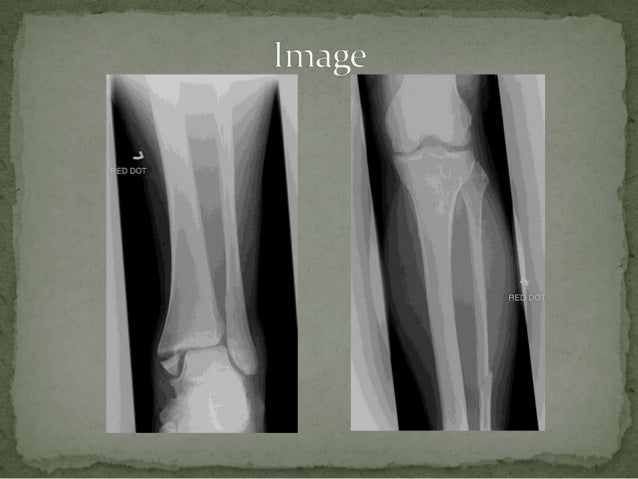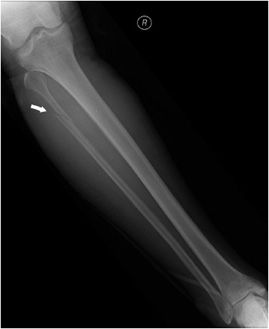


After randomisation, they will be divided by chance into two further groups, depending on the presence of clowns on the patient’s surgery day. Subjects will be randomised into two groups – (1) standard procedure (parental accompaniment) combined with placebo or (2) standard procedure combined with preoperative hydroxyzine.
Maisonneuve fracture trial#
Methods We propose a randomised double-blind, controlled clinical trial that will evaluate the effectiveness of both interventions (hydroxyzine and clowns), alone or in combination, to reduce pre-operative anxiety (using the modified Yale scale of preoperative anxiety) in children aged 2–16 years undergoing outpatient surgery (n = 188). The role of clowns and hydroxyzine in the management of anxiety is controversial, with some studies supporting and others contraindicating both strategies. There are several pharmacological and non-pharmacological strategies to reduce pre-operative anxiety in children, however, they have several side effects and the available information about them is contradictory.

Screws may be removed when healing is complete, but that’s determined on a case-by-case basis.Background Surgery can generate significant stress and anxiety in up to 70% of the paediatric population. Depending on the specifics of the injury, your surgeon may place screws or other devices to hold the ankle joint in place while the ligaments heal. When a Maisonneuve fracture involves significant ligament injury such as you describe, however, surgery is almost always required to stabilize the ankle joint and allow for proper healing. In such cases, using crutches, along with a brace, cast or splint as the ankle and leg heal, followed by physical therapy to regain your range of motion, may be sufficient treatment. If the images show a Maisonneuve fracture, but the bones of the ankle joint are still in their proper place, or just slightly out of alignment, and the stress films show only minor ankle instability, then surgery may not be necessary.

In some cases, an MRI is used to assess the ankle joint, too. These images, also called stress films, can further assess possible damage to the ligaments in the ankle and evaluate the status of the ankle joint. Therefore, your health care provider may recommend that additional X-rays be taken while you put weight on your ankle.
Maisonneuve fracture full#
X-rays taken while you aren’t bearing weight on your ankle may not reveal the full extent of a Maisonneuve fracture. Ankle joint, or mortise, X-rays are done, as well, to assess the joint damage and see if the bones in the joint are out of alignment. When health care providers suspect a Maisonneuve fracture, full-length X-rays of the fibula and the tibia (your other lower leg bone) are taken. Symptoms also include ankle instability and pain higher in the leg at the site of the fibula fracture.ĭiagnosing a Maisonneuve fracture can be challenging because it requires identifying several injuries. Symptoms of a Maisonneuve fracture include those you’d have with an ankle sprain, such as ankle pain, swelling, bruising and restricted range of motion. Maisonneuve fractures are most common in athletes who participate in sports such as skiing, gymnastics or dancing, where there is a risk of falling with the foot and leg hitting the ground at an awkward angle while they are rotating. The second is an ankle sprain – an injury that stretches or tears the tough bands of tissue, called ligaments, that help hold the bones of the ankle joint in place. The first is typically a very high break or fracture in the fibula – the smaller of the two bones between your ankle and your knee. If a Maisonneuve fracture isn’t treated, the result can be long-term ankle instability and early-onset arthritis.Ī Maisonneuve fracture is the result of two injuries that happen at the same time. Dear Mayo Clinic: What happens when a Maisonneuve fracture involving the tearing of all of the ligaments is not surgically repaired? What are the long-term effects of not treating the injury?Īnswer: For this kind of complex ankle and leg injury, surgery often is necessary to stabilize the ankle joint and allow for proper healing.


 0 kommentar(er)
0 kommentar(er)
